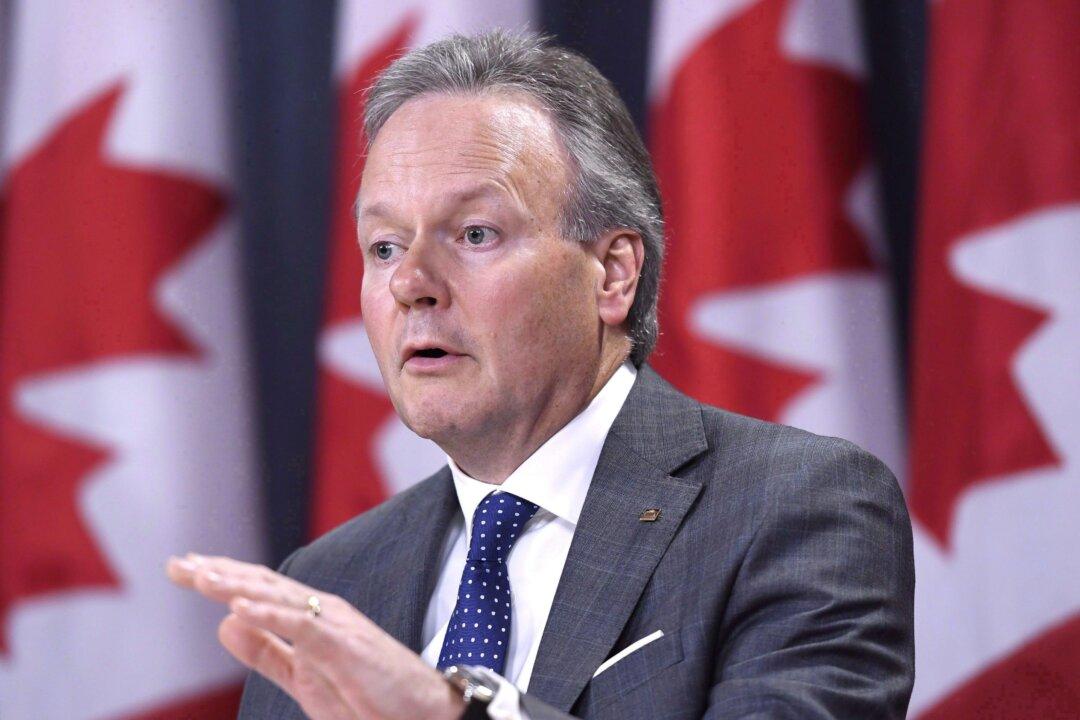OTTAWA—The Bank of Canada held borrowing costs unchanged with its key rate at 1.25 percent on May 30, but was decidedly hawkish in setting up a rate hike in July. Canada’s central bank was more upbeat on the economy, acknowledging that the first quarter came in stronger than projected, which also builds a better case for a July rate increase.
The bank reiterated its mantra: “Higher interest rates will be warranted to keep inflation near target.” Regarding future rate hikes, the BoC dropped “will remain cautious” from April’s statement in favour of emphasizing “a gradual approach” to be taken, guided by incoming data.





